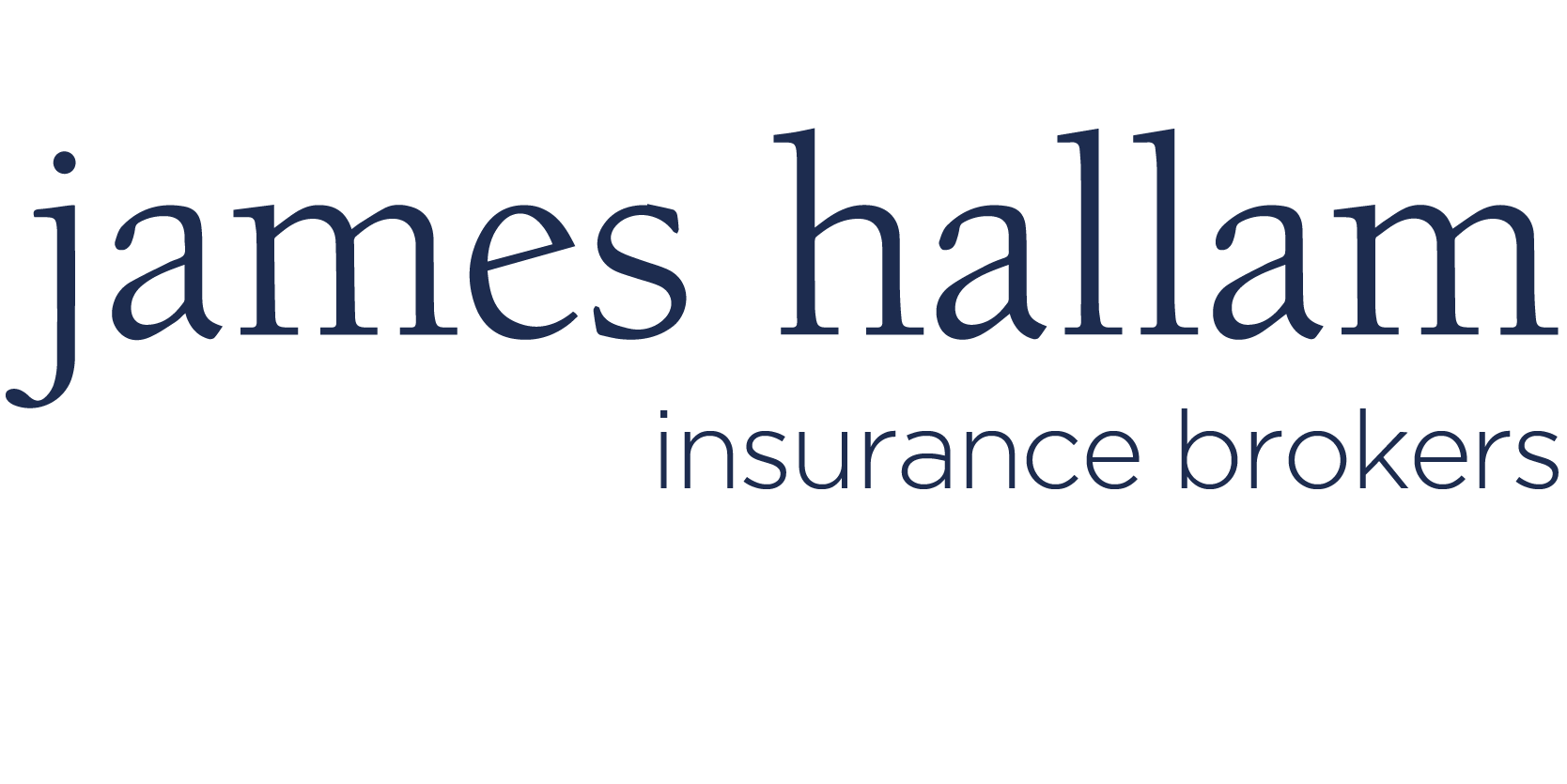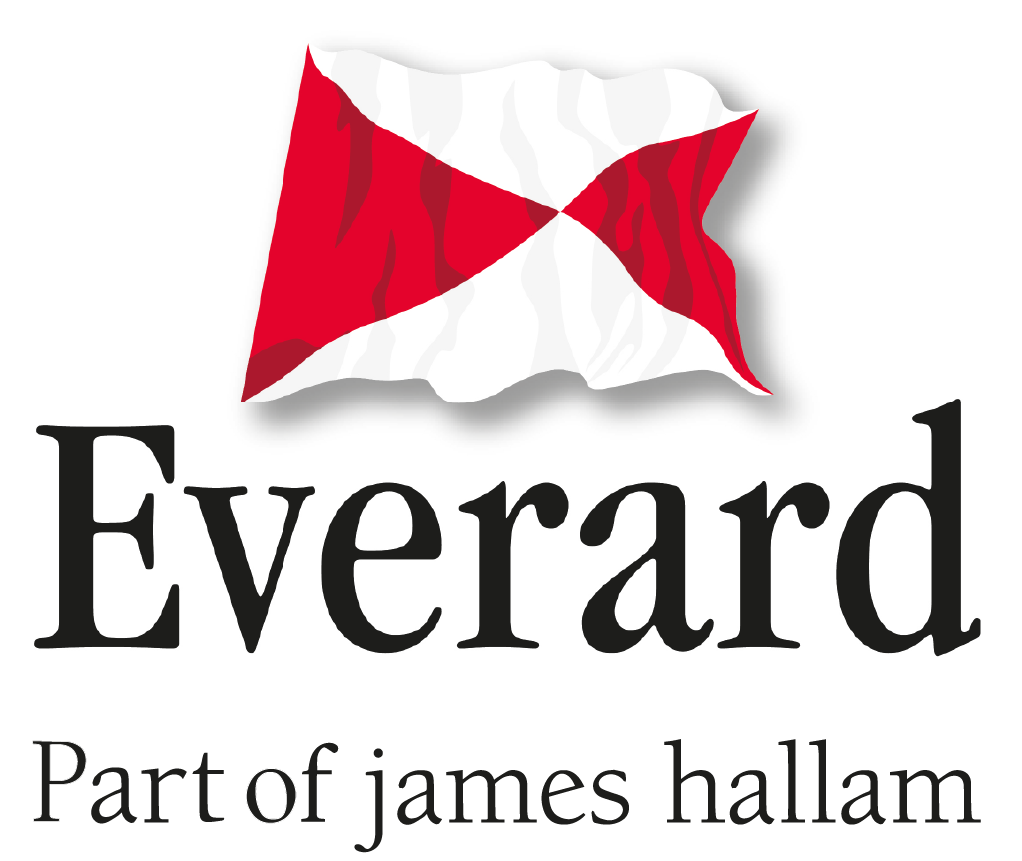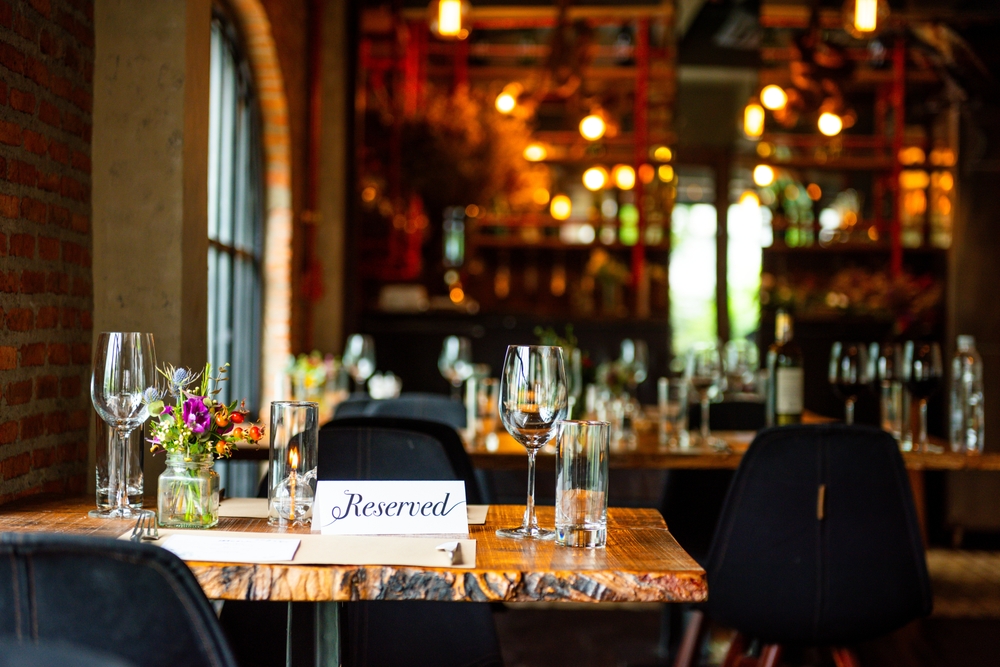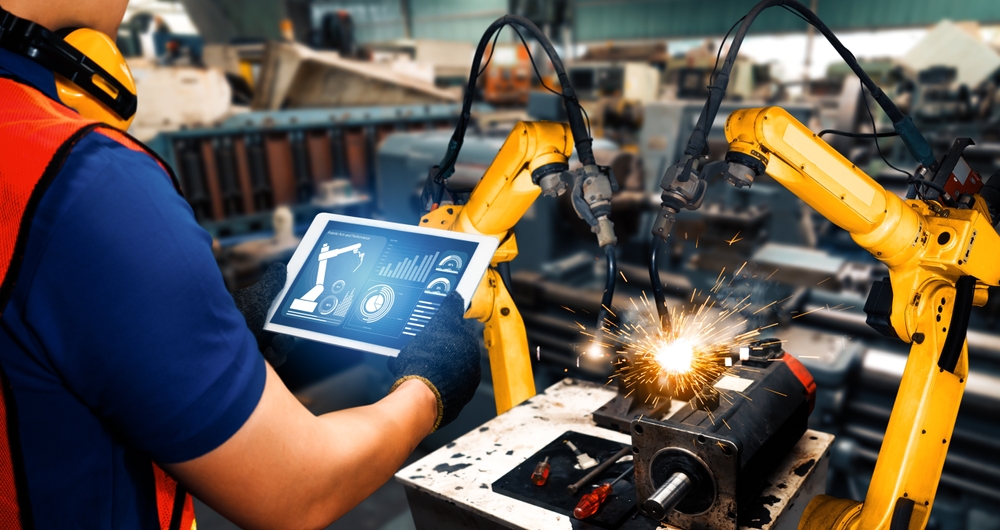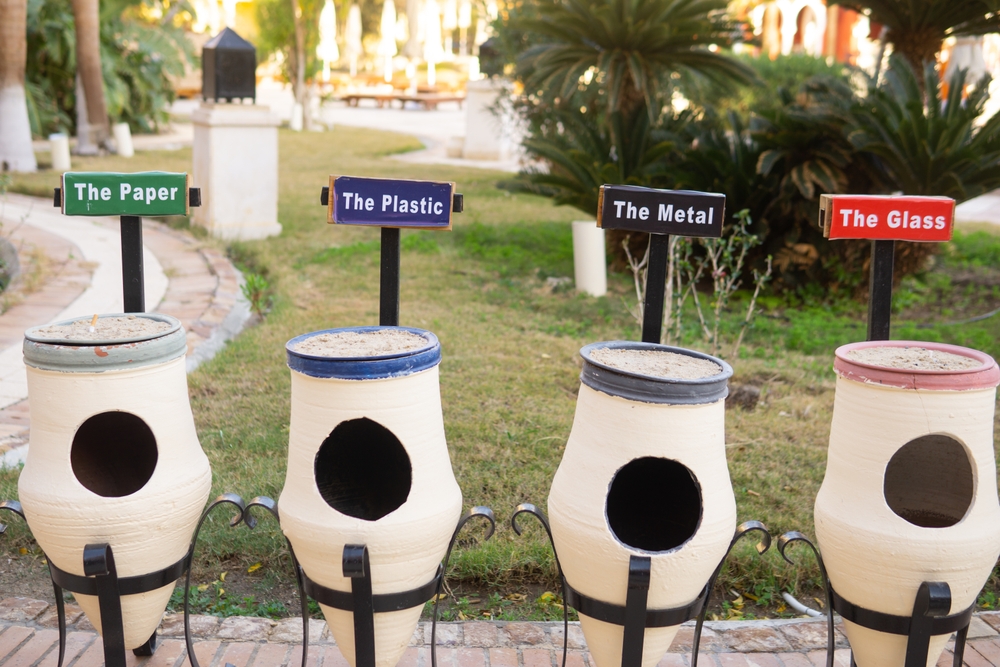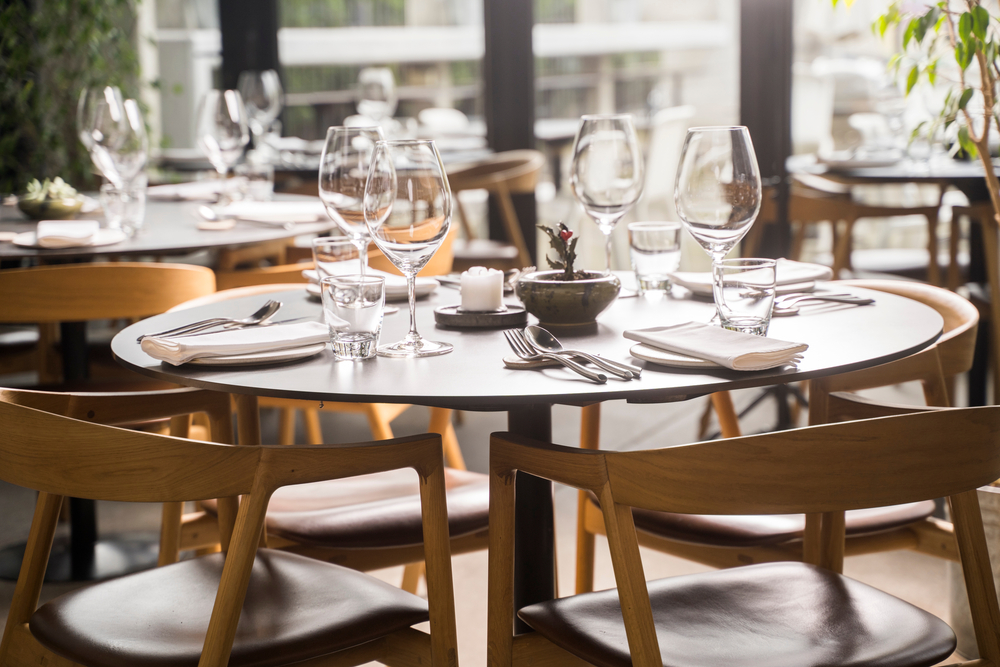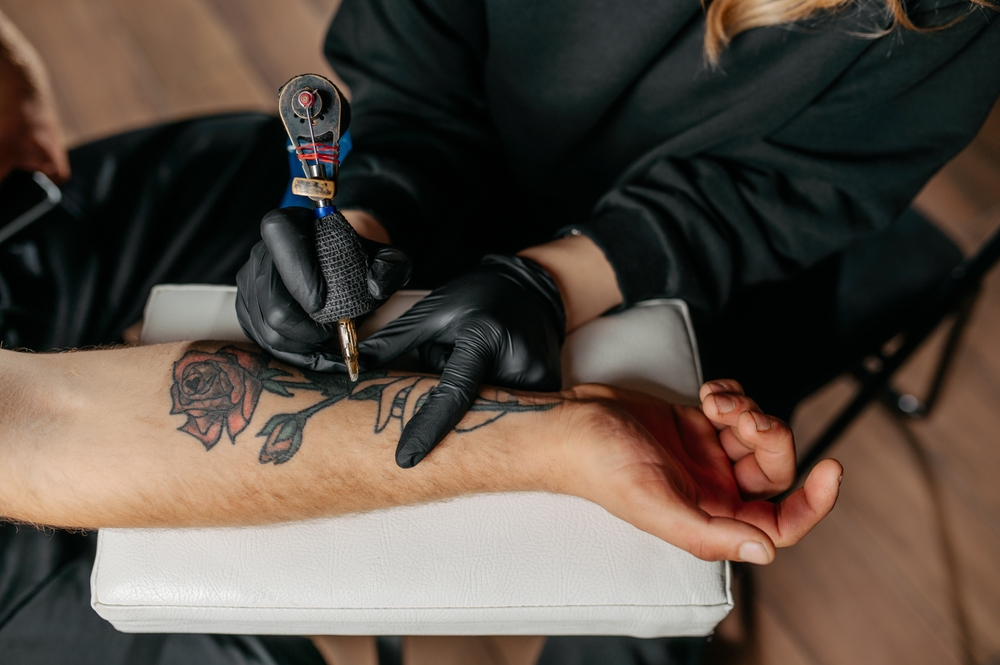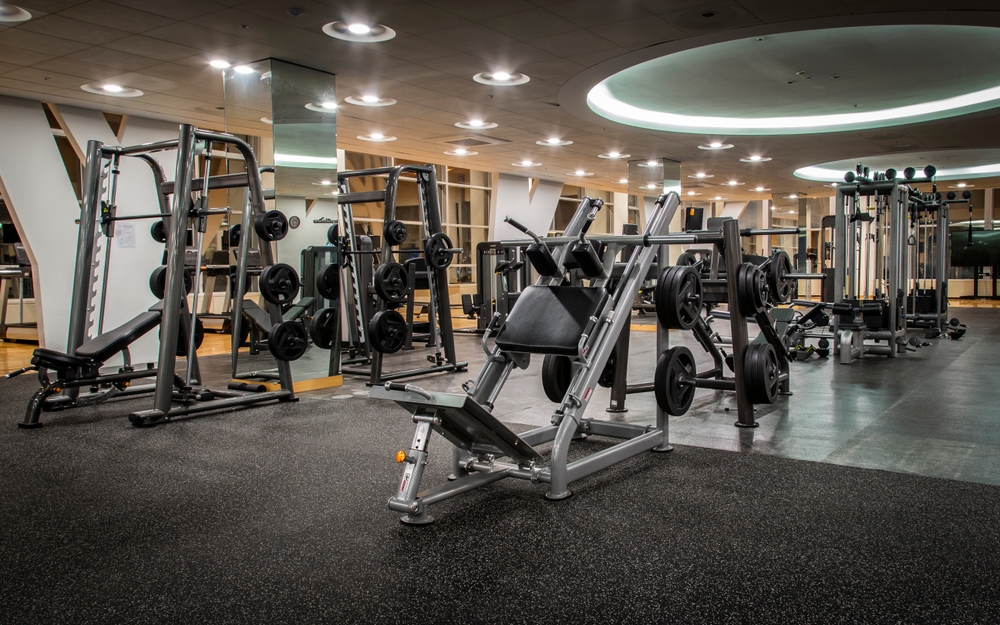If you are looking to buy a restaurant, in this post we will explore four important considerations that may help you make a good investment while avoiding certain costly mistakes.
Four key considerations we’ll be exploring are:
- Location
- Licensing
- Employees
- Financing
We’ll explore each of these in more detail below including what you need to be looking for and the questions you should be asking yourself.
Restaurant Location
There are three main approaches to buying a restaurant:
- Buying an existing restaurant, and taking over as the new owner
- Buying a vacant commercial property, and converting it into a restaurant
- Building a new restaurant from scratch on an empty plot of land
Whichever approach you take, location is one of the most important factors for your restaurant’s future success. When it comes to location, there are a number of questions you should ask yourself:
- Accessibility and footfall
How will customers get to your restaurant? Is it on a busy high street with lots of footfall? And if not, is there any nearby parking, or public transport links? - Location prices
What are the property prices like in the area? You could make a saving by investing in an area with lower prices. But you might then get a lower footfall. - Crime rates
It is also worth researching the crime rates in the area. Open a restaurant in an area with high crime rates and you could deter many potential customers. You may also have to invest in extra security to deal with the increased risk of break-ins and theft. - Local competition
What is the local competition like? Will your restaurant be one of many, or will it be one of the few eating options in the area?
Licensing for Food Safety and Alcohol
You will need to register your restaurant with the local authority in the area at least 28 days before you start trading. As part of this, you will have to establish and document your food safety procedures. You will also have to provide allergen information, and follow all relevant labelling guidelines.
Read a full guide to registering your restaurant on this government page.
You will need to get a separate premises licence if you wish to serve alcohol at your restaurant. Some establishments choose to forego this step, and instead implement a “BYOB” policy, in which customers are free to bring and consume their own alcohol.
Employee Needs and Recruitment
You will of course need a team of employees to help you run your restaurant. The number of employees you need will depend on the size of the establishment.
If you are buying an existing restaurant and taking over as manager, then you may already have a team of employees in place. If not, you should consider your staffing requirements carefully.
You will likely need:
- Kitchen staff, including dishwashers
- Front of house staff, including waiters, bartenders, and hosts
- Management staff, if you do not intend to manage yourself
- If you want to offer delivery services, you may also want to appoint your own drivers
There are multiple avenues you can use to recruit staff. You can ask around your friends or family. You can place an ad on an online job listings site, such as Reed or Indeed, or a specialist hospitality site like Caterer or Restaurant Jobs UK. And you could even do things the old fashioned way, with an ad in a local paper.
If you need a trained workforce as soon as possible, you could also turn to a temping or recruitment agency.
Financing, Investment and Overheads
If you are thinking about opening a restaurant, it is likely that you will have already considered your finances. You know you will need a significant financial investment in order to open your restaurant. You also know you will need an additional sum to cover your overheads once you open: staff wages, stock orders, maintenance and repairs, utility costs, and so on.
But when it comes to finances, one thing you may not have considered is insurance. There are certain insurance products that you will be required to get, by law. For example, if you employ any staff, then you have a legal duty to get employer’s liability insurance. You may also need to get some form of buildings cover as part of your leasing arrangement.
Beyond this, there are a range of insurance products that will give you essential cover should anything go wrong. These include public and product liability insurance, contents insurance, and business interruption insurance.
Read our full guide to the many types of insurance a restaurant may need. We also have a guide to how much you might expect to pay for your restaurant insurance.
Get Specialist Restaurant Insurance From James Hallam
James Hallam is an independent Lloyd’s broker with access to a hand-picked selection of A-rated insurance providers.
If you are looking to open a restaurant, we are here to help. Whether this is your first restaurant, or you are adding another establishment to an existing portfolio, we can help you get the specialist cover you need at a competitive price.
